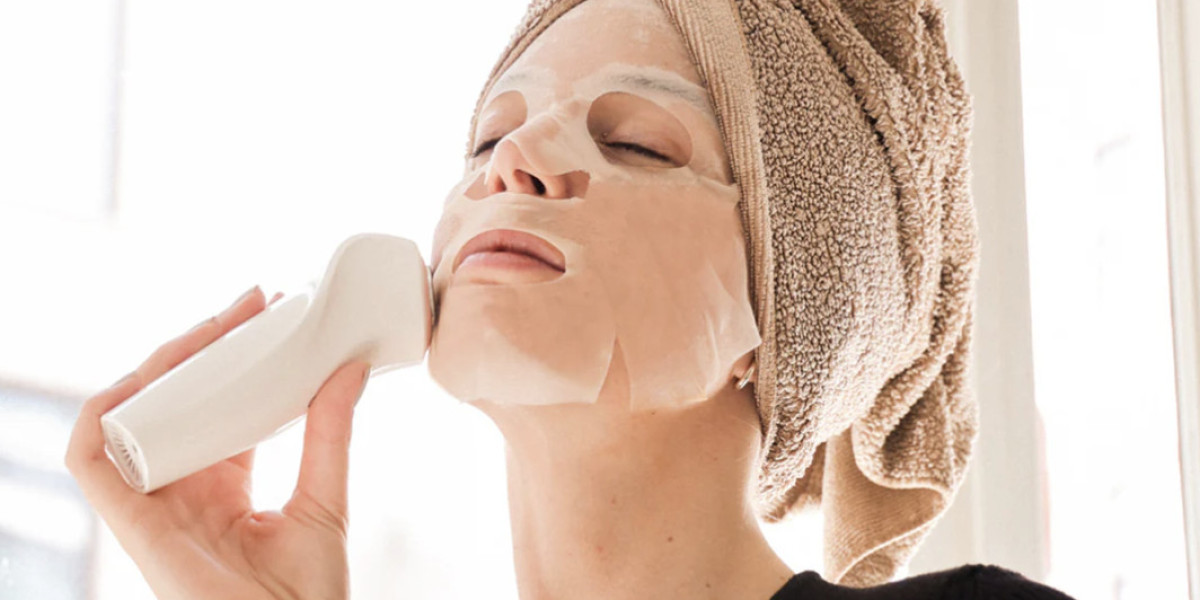Here's a technical guide on how to create a perfect natural makeup look suitable for all skin types:
Skincare Preparation:
- Start with a clean and well-moisturized face. Choose skincare products suitable for the specific skin type, addressing concerns such as dryness, oiliness, or sensitivity.
Primer Application:
- Apply a makeup primer to create a smooth base. Primers help to even out the skin texture, minimize the appearance of pores, and provide a longer-lasting makeup application.
Choosing a Natural Finish Foundation:
- Opt for a foundation that provides a natural finish, avoiding extremes like overly matte or dewy formulations. Different formulations are available for various skin types, such as hydrating foundations for dry skin or oil-free options for oily skin.
Color Correcting if Necessary:
- Use color correctors to address specific concerns, such as redness or dark circles. For example, a green corrector can neutralize redness, while peach or orange correctors can counteract dark circles.
Light-Handed Application:
- Apply foundation and concealer with a light hand, building coverage gradually. This prevents a heavy or cakey appearance and allows the natural skin texture to show through.
Cream or Liquid Blush for a Natural Flush:
- Choose cream or liquid blush formulations for a natural, dewy finish. These formulations blend seamlessly into the skin, providing a subtle flush of color.
Natural Eyebrow Definition:
- Define eyebrows using a pencil, powder, or gel in a shade close to the natural color of the eyebrows. Create soft, feathery strokes for a natural look.
Neutral Eyeshadow Tones:
- Opt for neutral eyeshadow tones that enhance the eyes without being overly dramatic. Soft browns, taupes, and warm neutral shades work well for a natural look.
Curl Lashes and Apply Mascara:
- Curl lashes to open up the eyes, and apply a coat of mascara. Waterproof mascara can be chosen for longer wear, especially for those with oily eyelids.
Subtle Eyeliner Application:
- Apply a thin line of eyeliner close to the lash line for definition. Choose neutral tones like brown for a softer effect.
Natural Lip Colors:
- Select lip colors that mimic the natural lip shade or opt for nude tones. Lip gloss or tinted lip balms can provide a natural, hydrated look.
Setting Spray for Longevity:
- Finish the makeup look with a setting spray to set the makeup in place. This enhances longevity and helps maintain a fresh appearance throughout the day.
Avoiding Excessive Powder:
- Limit the use of powder to avoid a heavy look. For oily skin, focus on the T-zone, while dry skin may require minimal powder or none at all.
Adapting to Skin Types:
- Adapt the products used based on individual skin types. For example, use oil-free formulations for oily skin and hydrating products for dry skin.
Regular Skin Assessments:
- Regularly assess the condition of the skin and adjust the makeup routine accordingly. Changes in seasons or skincare needs may require modifications to the makeup products used.
Skincare Regimen:
- Initiate the makeup process with a comprehensive skincare regimen, tailored to the specific needs of each skin type. For instance, moisturizers rich in hyaluronic acid may benefit dry skin, while oil-free formulations suit oily skin.
Primer Application:
- Apply a makeup primer featuring silicones or polymers to create a smooth, pore-filling base. Primers enhance the adherence of subsequent makeup layers and facilitate a uniform application.
Foundation Selection:
- Opt for a foundation with a natural finish that aligns with individual skin types. For dry skin, hydrating foundations with ingredients like glycerin are ideal, while oil-free formulations suit oily skin.
Color Correcting:
- Use color correctors judiciously to address specific concerns such as redness or dark circles. Green correctors neutralize redness, while peach or orange correctors counteract dark circles.
Subtle Foundation Application:
- Employ a light-handed approach when applying foundation and concealer. Gradual build-up ensures a natural look, preventing the makeup from appearing heavy or caked.
Cream or Liquid Blush:
- Opt for cream or liquid blush formulations for a natural, dewy effect. These products seamlessly blend into the skin, providing a subtle flush of color.
Eyebrow Definition:
- Define eyebrows with pencils, powders, or gels matching the natural brow color. Implement soft, feathery strokes to mimic the appearance of natural hair.
Neutral Eyeshadow Palette:
- Select neutral eyeshadow tones that enhance the eyes without overwhelming the natural features. Soft browns, taupes, and warm neutrals are suitable for a subdued yet polished look.
Eyelash Curling and Mascara Application:
- Use an eyelash curler to lift lashes and apply mascara for a defined yet natural look. Waterproof mascara can be chosen for enhanced longevity, particularly for individuals with oily eyelids.
Subtle Eyeliner Placement:
- Apply a thin line of eyeliner close to the lash line for subtle definition. Neutral tones like brown are preferred to maintain a softer appearance.
Natural Lip Shades:
- Choose lip colors that mimic the natural lip shade or opt for nude tones. Lip glosses or tinted lip balms contribute to a hydrated, natural look.
Setting Spray for Longevity:
- Conclude the makeup application with a setting spray containing film-forming agents. Setting sprays enhance makeup longevity by creating a protective layer over the applied products.
Powder Usage Strategy:
- Limit the application of powder to prevent a heavy appearance. For oily skin, focus on the T-zone, while minimal or no powder is advisable for dry skin to maintain a natural dewy finish.
Adaptation to Skin Types:
- Tailor the selection of makeup products based on individual skin types. Utilize oil-free or mattifying formulations for oily skin and opt for hydrating products for dry skin.
Regular Skin Assessments:
- Conduct regular assessments of skin condition to adapt the makeup routine. Seasonal changes or alterations in skincare needs may necessitate modifications to the products used.
By adhering to these technical details, a perfect natural makeup look can be achieved for all skin types, emphasizing natural beauty and catering to individual skin characteristics and concerns.








